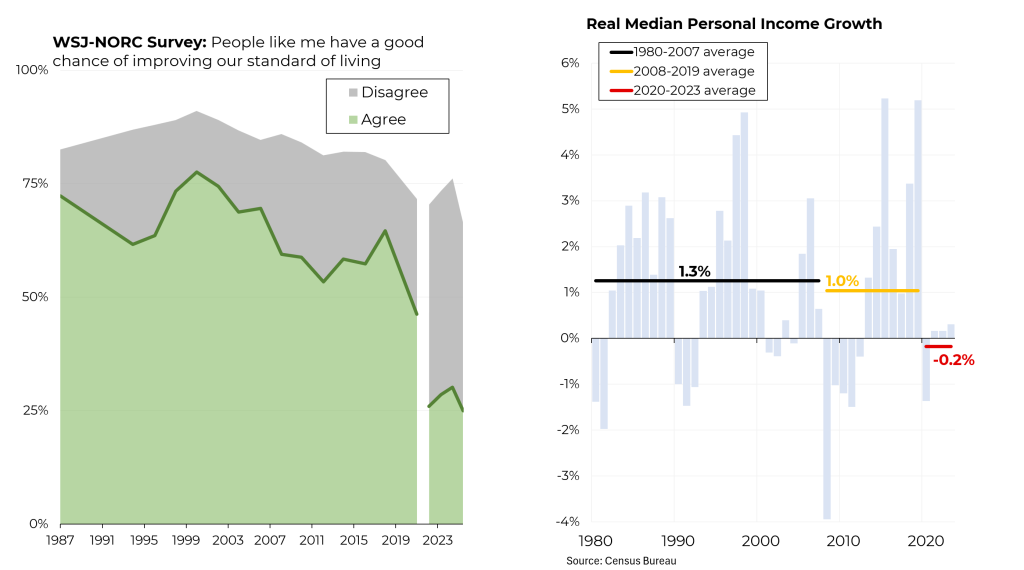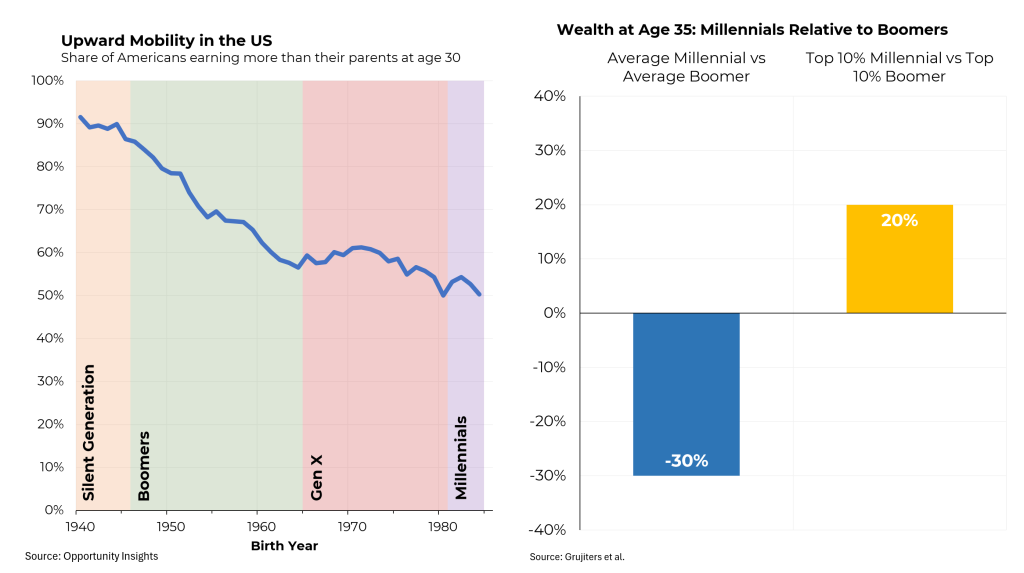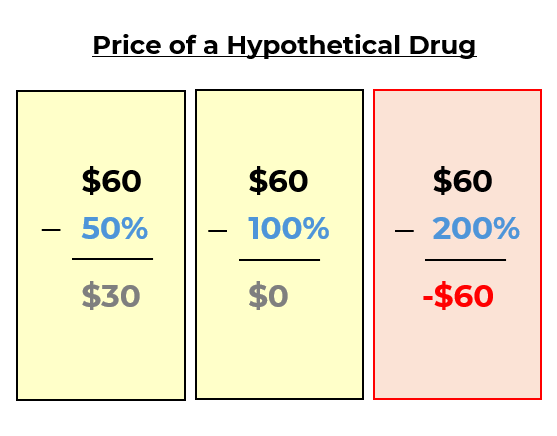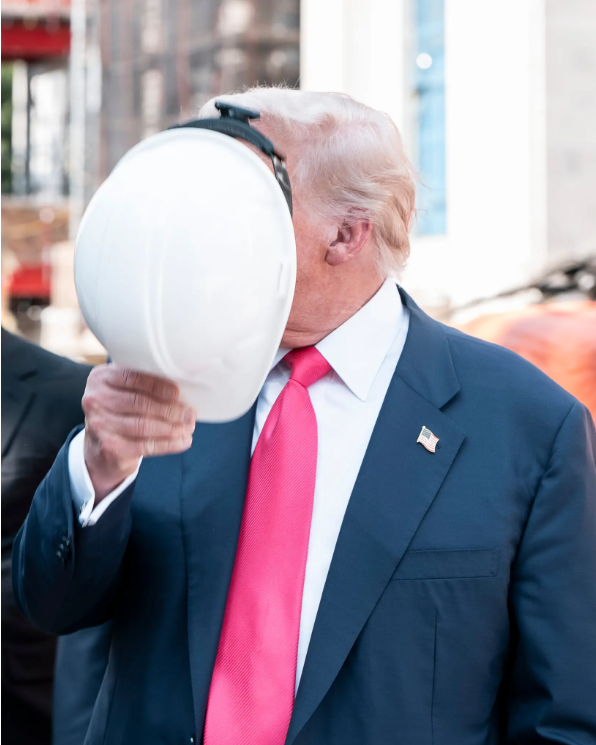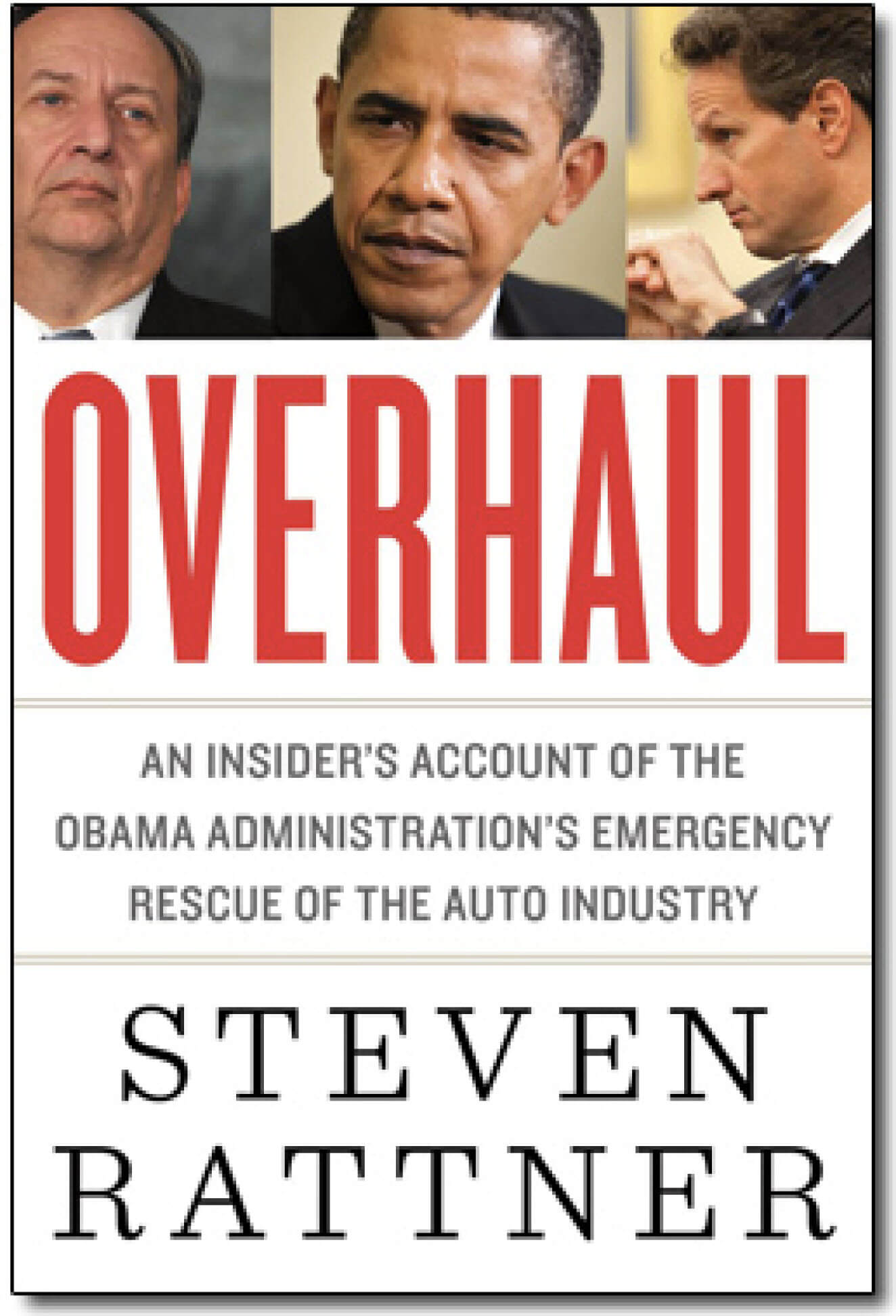A recent poll underscored a variety of similar polls and data reflecting the economic pessimism that a majority of Americans have felt for at least several years. The realities present a tough challenge for President Donald Trump that will not be addressed by the president’s tendency to simply proclaim America’s greatness.
The latest poll shows that just 25% of Americans — an all-time low in a poll that has been conducted since at least 1987 — believe that they have a good chance of improving their standard of living. Before Covid, more than half of Americans believed their circumstances could improve and back in 2000, that figure was over 75%. In a related question, nearly 70% of respondents believe that the American dream no longer holds true or never did, the highest level in nearly 15 years. Similarly, consumer sentiment is still far below pre-Covid levels and is around levels last seen during and shortly after the financial crisis.
That is not just perception; there is reality around the prevailing view. For starters, the rate of growth of personal income has decelerated dramatically. Between 1980 and 2007, personal incomes after adjustment for inflation grew at an average pace of 1.3% per year. From 2007 through 2019 (between the financial crisis and Covid), that growth rate decelerated to 1.0%. And over the four years between 2020 and 2023, incomes fell by an average of 0.2% a year.
Another major reason for the pessimism is housing, which has become less affordable than at any time in recent history except for right before the financial crisis. In 1990, the average home sold for three times the average household income. By 2023, that ratio had risen to nearly five times, a 57% increase since 1990. That’s largely because house prices have been rising very quickly — much faster than overall inflation.
Meanwhile, a recent Harvard Youth Survey found that 74% of young Americans think it’s important to own a home while only 54% are confident that they can achieve it. That perception is matched by reality. In 1980, the average first-time home buyer was 29 years old; in 2021, it was 33 and in 2024, it was 38. (The average age of repeat homebuyers has also risen sharply.)
Part of the American dream has traditionally been the notion that the next generation will do better financially than the previous one. The reality is that the percentage of Americans doing better than their parents has been declining for many years and is now down to about 50%, for those born in 1984. That is at least partly due to slowing economic growth, which is not unusual as an economy matures. But nonetheless, Americans expect better.
